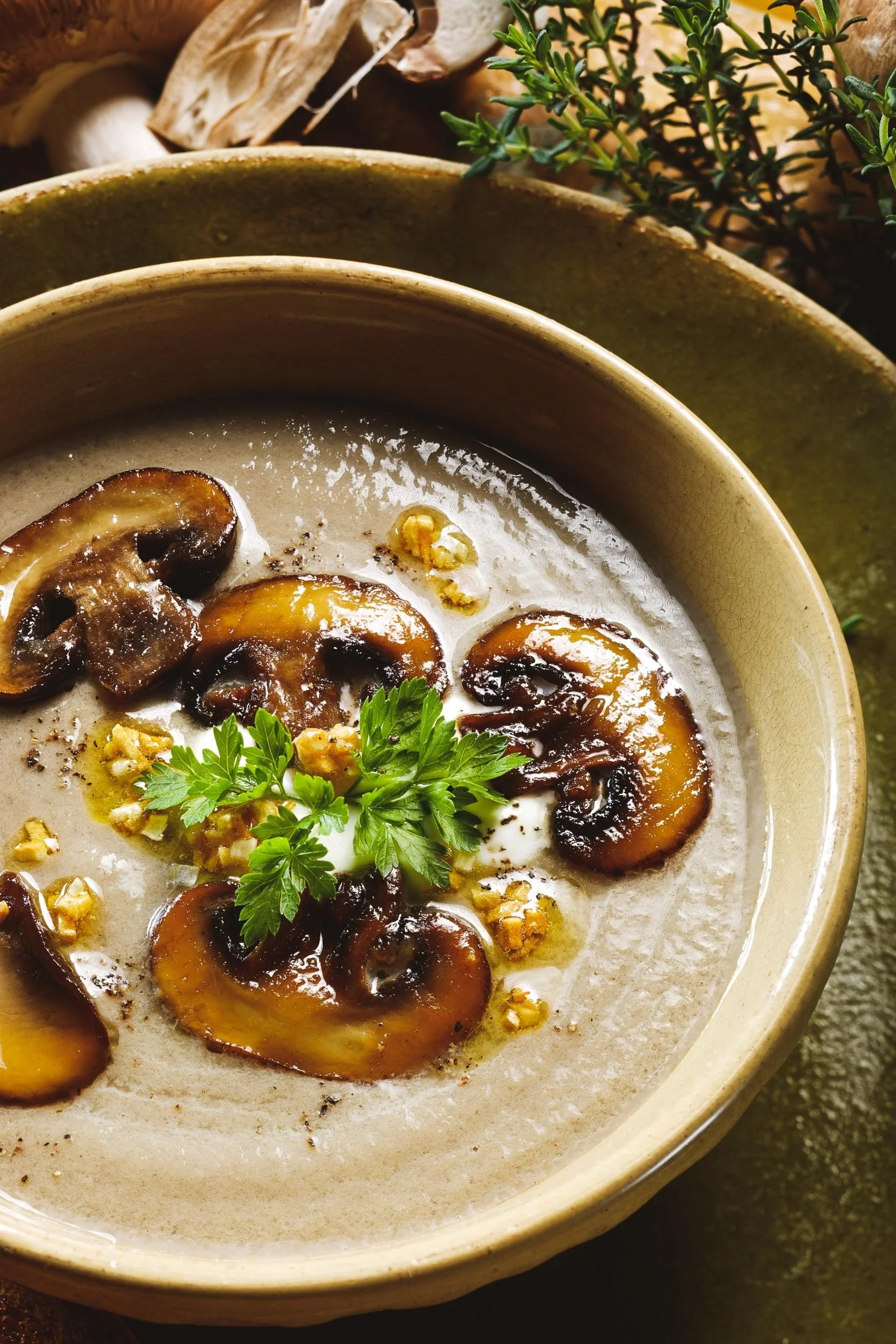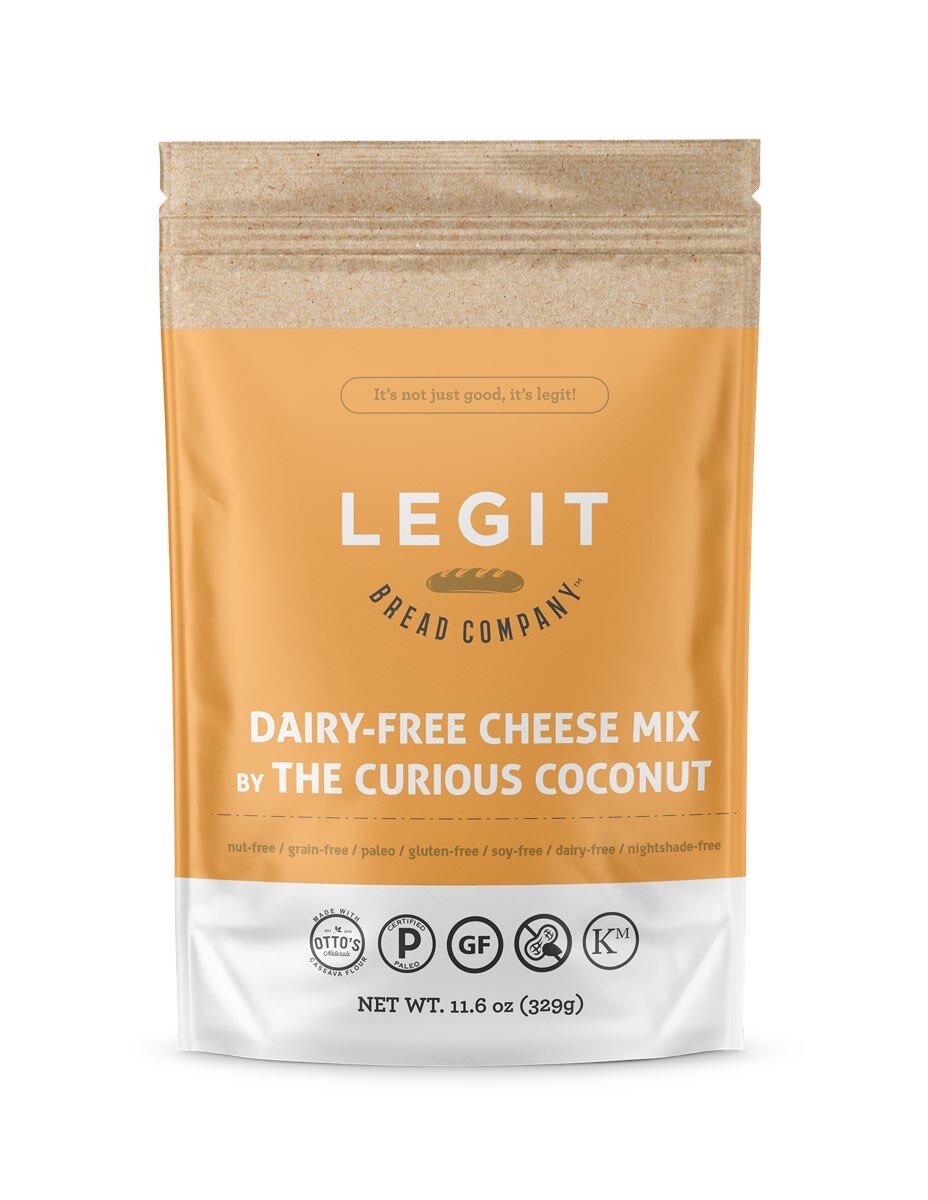Who doesn't love dying Easter eggs? I know I used to always love to buy those kits from the store each year. Heck, I even did it in college, too! Well, now I know that the dyes in those kits aren't healthy, so what's the better option?
Grab some produce out of your fridge and spices from your cabinet and do it the all-natural way!
Seriously. It works!
This tutorial is shared with you today from Diana Rodgers's epic new book The Homegrown Paleo Cookbook. I'll get to the tutorial SOON, but first I have got to tell you more about this book. It is so much more than a cookbook - it's a lifestyle manual. And I feel like it was written just for me!
I don't remember the last time I have been this giddy over a new book. The timing could NOT have been more perfect for me to be reading this.
Do you want to have control over your own food supply? Raise your own animals for meat? Have your own productive garden? The subtitle is "a complete guide to growing your own healthy food." Bingo! This is exactly what I need right now.
I live on what could and should be a homestead, but we produce zero of our own food right now. There's 5 acres, a barn, fenced in pastures...what's wrong with us?? The weather is amazing right now and I feel like it is serendipitous that a copy of this book showed up and surprised me. I am so inspired right now thanks to it!
And this book isn't just written for somebody like me living on a decent piece of land. It's meant for city-dwellers in apartments, too. It aims to teach you to be a more active participant in how your food is produced, which doesn't have to mean you grow it yourself; it can mean making connections with and supporting local farmers who are doing things the right way.
Let's look at how the book is laid out. It has 5 main sections:
- The case for sustainable paleo eating
- Raising animals - chickens, rabbits, sheep, goats, pigs, cows, and bees
- Growing plants - starting a garden, building healthy soil, foraging, and how to set up your homestead
- Cooking - with over 100 farm-to-table recipes organized by early season, midseason, and late season -- meaning, when in the growing season is the produce harvested? Also, the recipes only have ingredients that make sense together based on when they are harvested. The example Diana gives is that there are no recipes featuring tomatoes and asparagus together, since they are never in season together.
- Living - going beyond food and looking at a healthy lifestyle involving creativity, play, and community
This 400-page hardcover book was shot entirely on film. Not a digital camera. The photos are so captivating that I've found myself browsing the book just to look at all of the pictures. This is a book that will immediately capture the interest of anyone who flips through a few pages, just based on the photos!
Diana made this lovely 2-minute video to share more about why she wrote the book and what she hopes folks get out of it. I urge you to watch it!
The Homegrown Paleo Cookbook, written by Diana Rodgers of Sustainable Dish is your complete guide to eating and living in a more sustainable way. In this 3-in-1 cookbook, homesteading manual, and downshifting living guide, I teach you how to have a health lifestyle through a new connection with your food and yourself.
I love the seasonal focus of the recipes in the book. I try my hardest to eat according to the seasons, supporting my local farmer's first and foremost while limiting my time and money spent at the grocery store as much as possible. Another big bonus to point out about the recipes is that each one has a handy chart in the bottom corner instantly telling you if it is Whole30, Nut-free, Egg-free, or AIP. If you can do an easy substitution, it will tell you in the box. The recipes in this book will suit a wide range of dietary needs!
But, honestly, right now I am spending so much more time with the first half of the book, reading all about growing food and raising animals. Seriously, if you have an itch to produce your own food and follow a paleo lifestyle already, this book is definitely for you!
Instead of sharing a recipe with you like I normally do, today will be different: Diana agreed to let me share a fun and easy project that adults and children alike will love to do this time of year - coloring Easter eggs! And no, there will be no artificial dyes involved. Just simple foods, spices, even something you can forage from your yard. I'm definitely going to do this - it will be so much fun :-)
Hope you enjoy, and don't forget to pick up a copy of this book for yourself!
Naturally Colored Easter Eggs
Reprinted with permission from The Homegrown Paleo Cookbook.
These naturally beautiful pastel eggs are so much lovelier than the sparkly neon eggs made from the kits that flood drugstores around Easter. These eggs turn out speckled and sometimes have odd spots or blotches, and each one is unique and gorgeous. There is an important lesson to be learned here: there is beauty in the imperfect. My kids were particularly surprised to see how red cabbage leaves made the eggs beautifully blue. Who needs jelly beans and cheap chocolate bunnies when you can color eggs at home with common kitchen items?
You will need:
- white eggs
- 1 Tbsp white vinegar
- 1 Tbsp sea salt
- 3 cups water
- a medium saucepan
- a needle or small nail (optional)
For the colors:
- speckled pink: 1 cup raspberries
- deep blue: 1 cup blueberries
- deep golden yellow: 3 Tbsp turmeric
- olive green: 1 big handful of grass
- light grey: 1 cup cherries
- Robin's-egg blue: 5 leaves red cabbage
- Brownish red: 3 red beets (see notes)
- pale orange: 4 yellow onion skins
Instructions:
- If you want to eat the eggs after you color them, boil them in a medium saucepan for 1 minute, remove from heat, then cover and let sit for 10 to 12 minutes. Then run the eggs under cold water or cool in an ice bath for 5 minutes.
Alternatively, you can boil the eggs right in the pot with the colorant, which imparts a texture on the eggs (grass did particularly well) and produces a deeper color. - Combine the vinegar, salt, water, and desired colorant in a medium saucepan and boil for 10 minutes.
- If you aren't boiling the eggs with the colorant, after 10 minutes, strain out the colorant and let the liquid cool, then add the eggs.
- Once you're happy with the color of the eggs, remove them from the liquid. If you haven't hard-boiled your eggs, blow out the centers so that they will keep longer: poke a hole in each end of the egg with a needle or small nail, insert the needle or nail to mix together the yolk and white, and then blow out the center. This process yields a paler color, but you'll be able to collect the eggs from year to year.
- Coat the dyed eggs in coconut oil if you'd like to give them a slight shine. It's a really fun process!
NOTES: If you're using beets as the colorant, leave the eggs in the dye for about 1 hour for a light red color. The logner you leave them in, the deeper brown they turn.



















